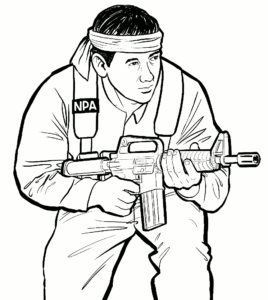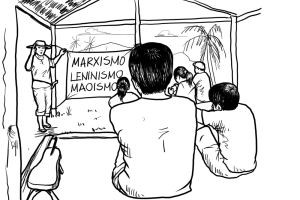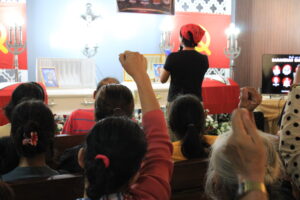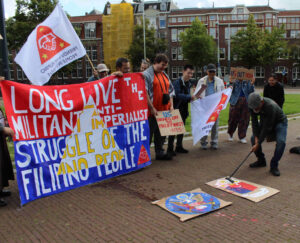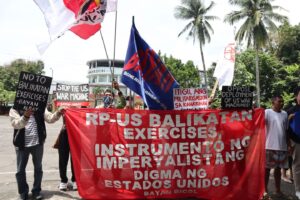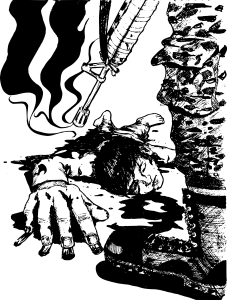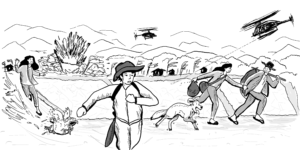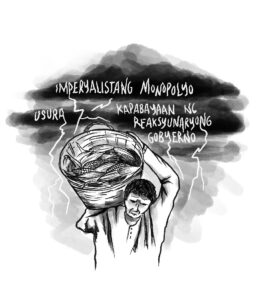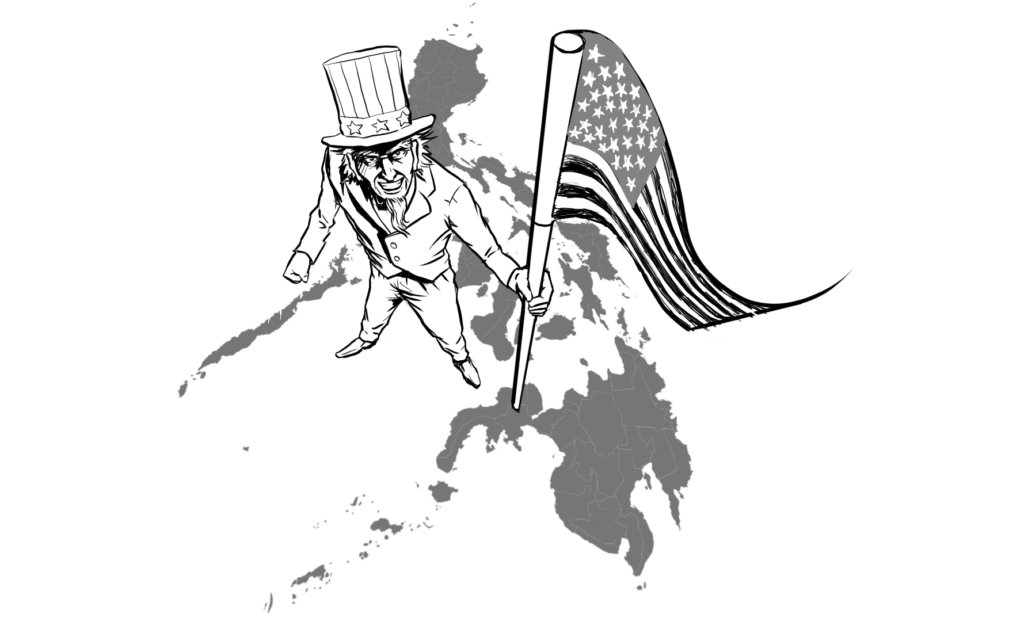
Non-stop US war games in the Philippines
From January to August this year, the US military forces conducted war games on Philippine land, air and sea almost once every two days. They stage these with allied military forces and personnel of the Armed Forces of the Philippines (AFP). War games were staged at least 105 out of 244 days, with the longest and non-stop from April 7 to June 21 (76 days). In total, at least 21,000 American troops, Australian, Canadian, Japanese, French and other foreign troopers participated.
Not a few times when two or three war games were held simultaneously in the country. Through these, American troops are staying permanently in the country.
Before and after the war games, foreign military officers conduct numerous meetings, preparations and inspections around the activity areas. In eight months, US military officers held nearly 20 high-level meetings with the AFP, Department of National Defense and Malacañang.
The war games used the nine publicly disclosed permanent military bases (called “EDCA sites”) and at least seven secret facilities in the country. American troopers also stayed behind the pretext of “humanitarian assistance” and “disaster response” and during repairs of their naval ships at the Subic Freeport.
War games
In eight months, the US launched three series of Multilateral Maritime Cooperative Activities (MMCA), which started only this year . It was conducted on April 7, June 16-17 and August 7-8 in the West Philippine Sea (WPS) involving the US, Japan, Australia, Canada and the Philippines.
Earlier, the US conducted the bilateral Maritime Cooperative Activity (MCA) in the WPS between the AFP and the US Indo-Pacific Command. It was first launched in 2023 and subsequent series were conducted on January 3-4 and February 9. On February 19, the US and Philippines launched airspace “patrols” over the WPS.
Together with Japan, the WPS launched the Bilateral Maritime Cooperative Activity on August 2. This is around one month after the Philippines and Japan signed the Reciprocal Access Agreement on July 8. The Senate has yet to ratify this treaty.
The largest of the war games was the Balikatan 39-24 involving 16,000 American troops, 200 Australian soldiers, and French troops. Troops from 14 other countries participated as observers.
The longest of the war games was Salaknib 2 which was launched from May 11 to June 10, and was conducted in Nueva Ecija and Isabela and involved 1,644 American soldiers. The Kasangga 24-1 bilateral war games between the Philippines and Australia lasted 40 days from May 13 to June 21.
The US launched two series of the aerial war games Cope Thunder, one in April and another in July.
Hiding behind “humanitarian mission”
“Humanitarian missions” are ubiquitously conducted by US troopers in the Philippines to “normalize” the presence of American soldiers in civilian communities.
The most recent of these was the “humanitarian mission” under the Pacific Partnership 2024-2 last August 1-14 in Legazpi City, Albay. This is the 20th launching of the activity, dubbed the “largest multinational humanitarian assistance and disaster relief preparedness” in the Indo-Pacific.
The US warship, City of Bismarck, docked on July 30 in Legazpi City, carrying 500 American, Japanese and South Korean soldiers for the activity. In Legazpi City, Americans held mall concerts as a gimmick. They also marched in the Ibalong Festival parade held in the city. Earlier, they took part in PR stunts such as tree planting at the foot of the Mayon Volcano and school construction at Legazpi Port Elementary School.
The “humanitarian missions” also included “clearing operations” by American soldiers in the Basco Port in Barangay Chanarian, Basco which ended in June. The real aim was to deepen the Basco Port for use of American ships during war games. The Basco port is the only one servicing the northern part of Batanes, including the Mavulis Island, near Taiwan, where the US plans to build military facilities, ports and munitions storage.


